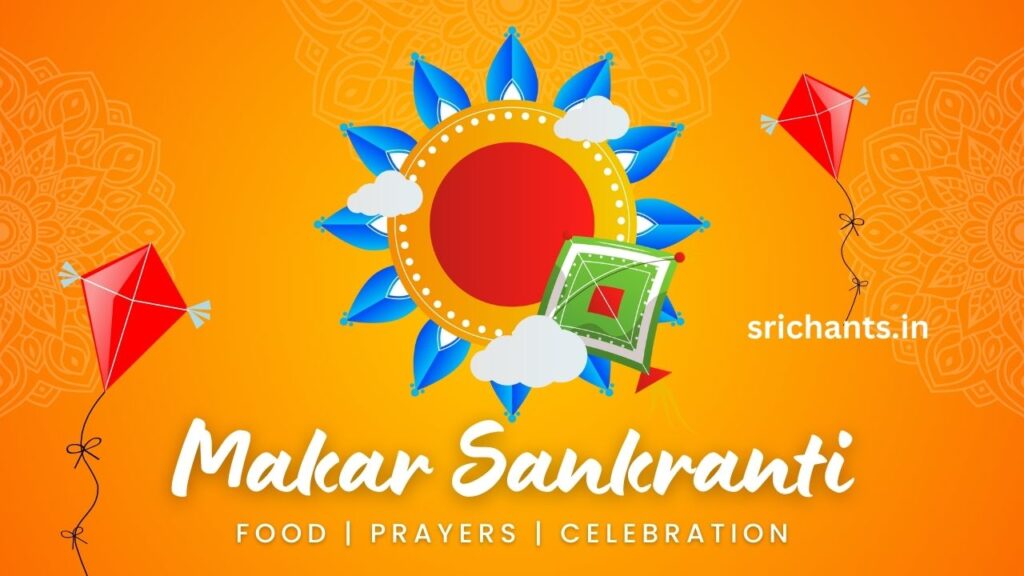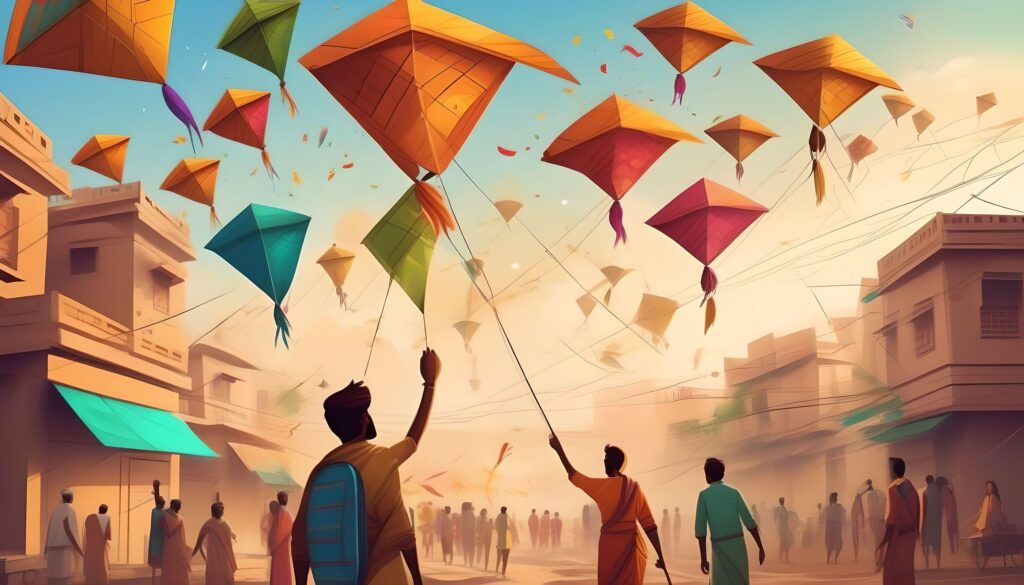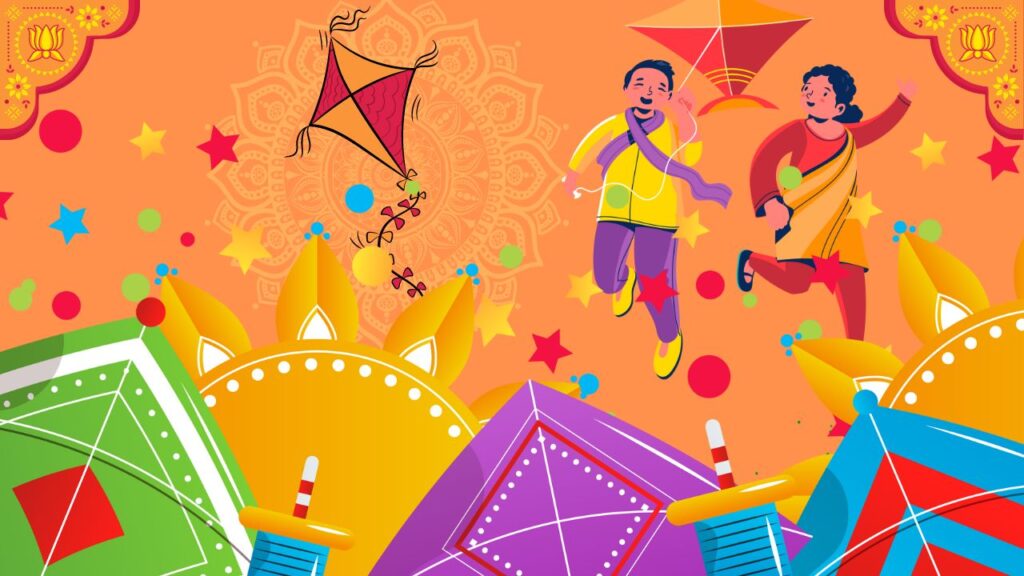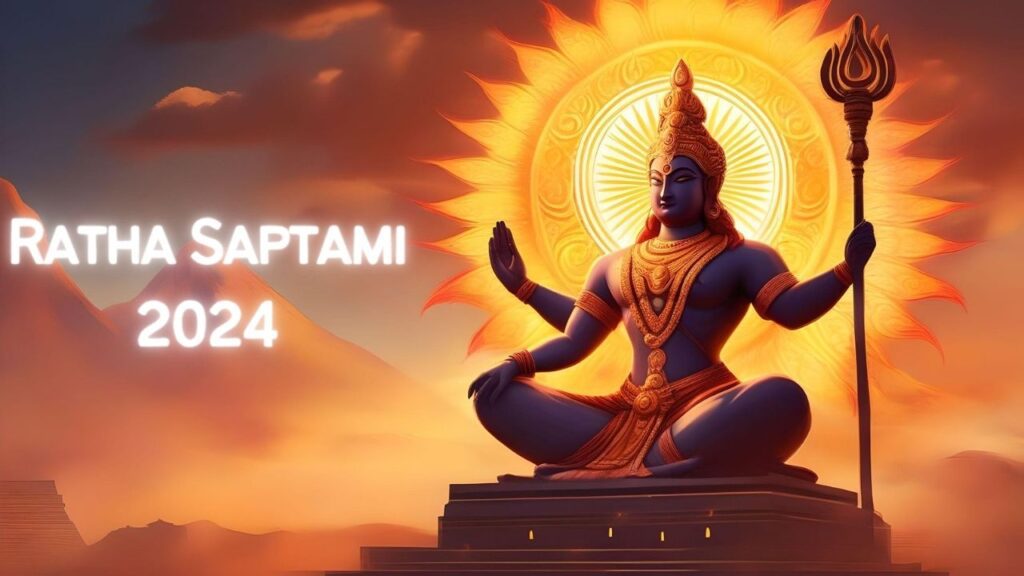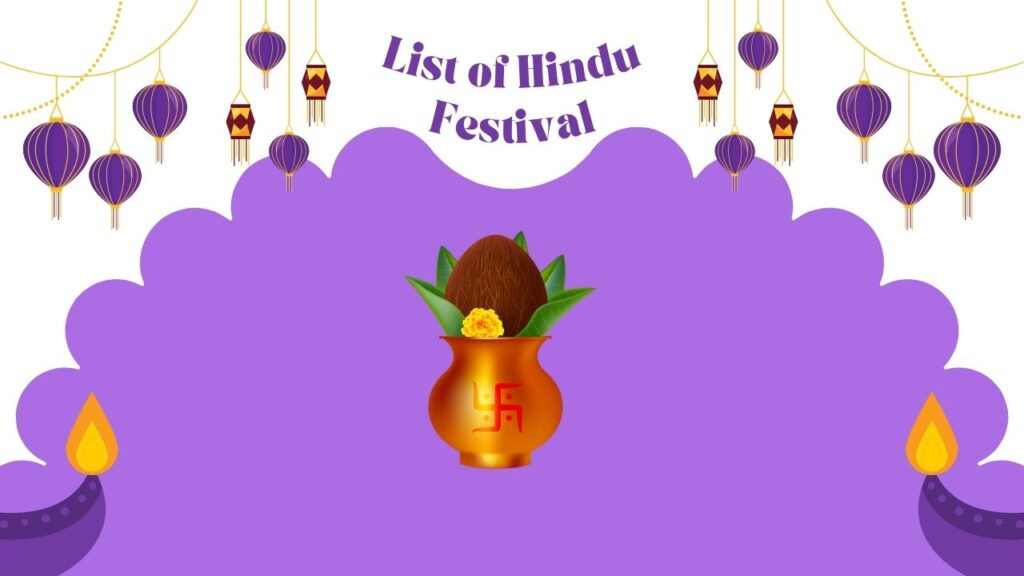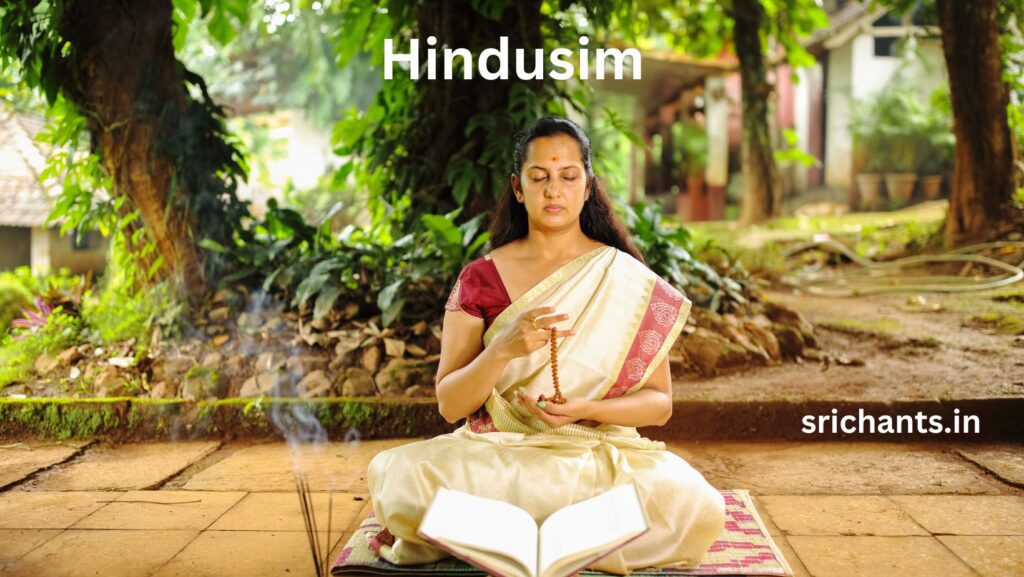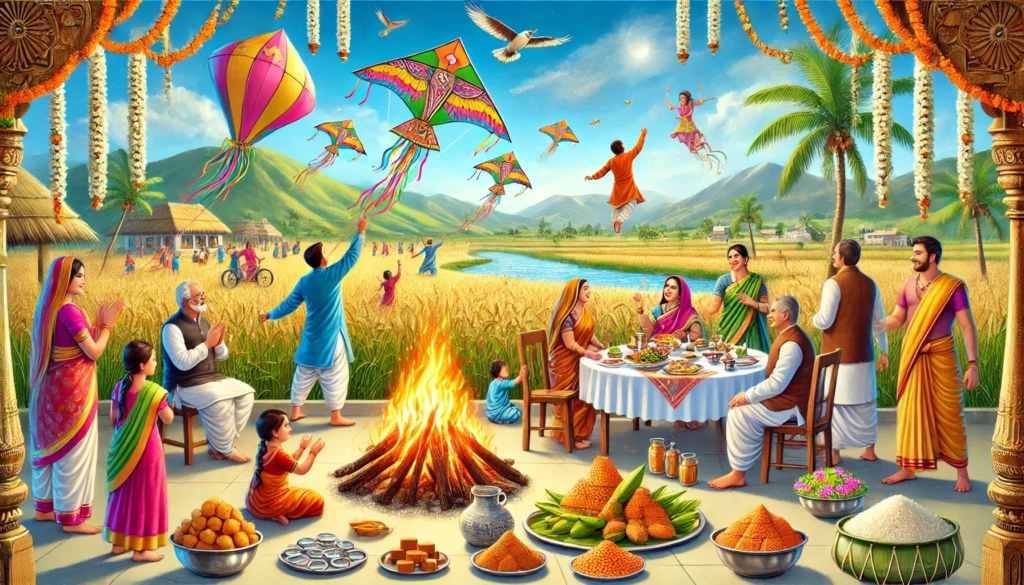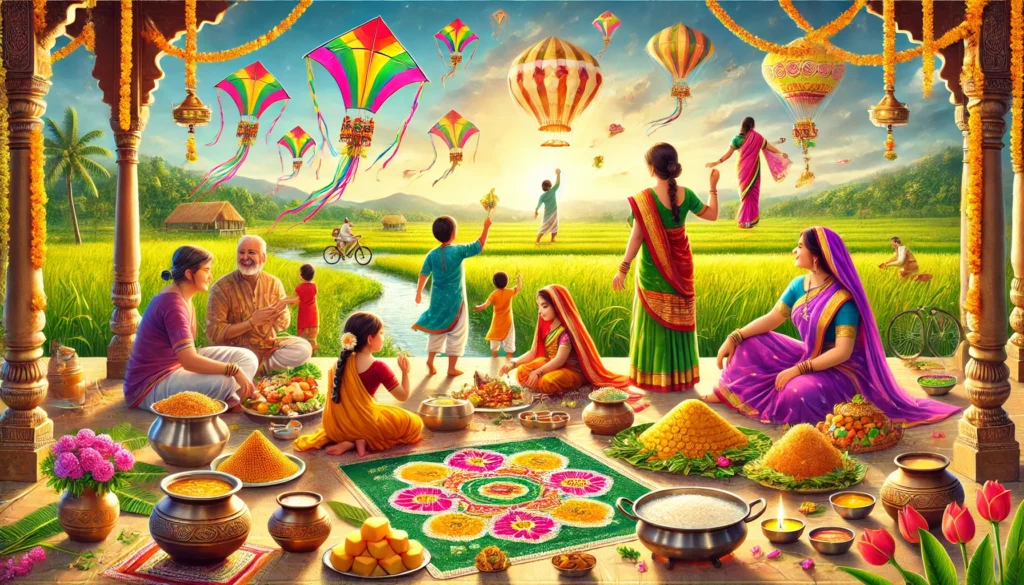Makar Sankranti When , Why And How To Celebrate In 2025
Introduction
Among the many important and joyous festivals in India, Makar Sankranti stands out. This sacred and culturally significant day celebrates the Sun’s entry into Capricorn, one of the zodiac signs. People from all throughout the nation gather to celebrate the event, which is known for its lively celebrations and a wide array of ceremonies and feasts.
Having said that, have you ever wanted to know, “When is Makar Sankranti?” Learn when Makar Sankranti is celebrated, why it is significant, what traditions are connected with the holiday, and how it is observed across different regions of India in this comprehensive blog post.
When is Makar Sankranti Celebrated?
Although the exact day of Makar Sankranti can fluctuate somewhat based on the movement of the Sun, it is generally observed on January 14th every year. This is due to the fact that Makar Sankranti is celebrated in accordance with the solar calendar, which tracks the Solar System’s zodiac signs.
When the Sun moves into Capricorn, a sign called Makara in Sanskrit, it is commemorated annually as Makar Sankranti. For many regions of India, this signifies the arrival of spring and the start of harvest season. Always observed on January 14th according to the solar calendar, though occasionally observed on January 15th depending on the exactitude of the Sun’s entrance into Capricorn.
The Importance of Makar Sankranti
Makar Sankranti is a very important festival in Hinduism, and it’s not simply because it marks the passage of the sun. Because it marks the beginning of the Uttarayana period—the time when the Sun starts to journey northward—the Sun’s transition into Capricorn is said to be very auspicious. Life, energy, and wellness are all represented by the Sun in Hinduism. It is thought that if one performs rituals during this time, they would be blessed with happiness, prosperity, and spiritual health.
Not only does Makar Sankranti have religious significance, but it also signifies the beginning of harvest season, which is especially important for farmers in northern India. This is a time to rejoice in the harvest and express gratitude for all the hard work that went into it. As an important celebration of the natural world’s cyclical nature, the festival has profound roots in agricultural activities.

How Makar Sankranti is Celebrated Across India
While there are some regional variations in the specific rituals observed during Makar Sankranti, the festival’s foundational traditions are universal. Let’s see how various regions of India commemorate this occasion.
Makar Sankranti in Punjab: Lohri and Maghi
Lohri and Maghi are the names given to Makar Sankranti in Punjab. On the eve of Makar Sankranti, the festival of Lohri is observed with bonfires, traditional music, and dances like the gidda and bhangra. At this festival, worshippers offer gratitude to the fire deity for a bountiful crop. The following day, on Makar Sankranti, is Maghi, another religious festival celebrated by bathing in the river, particularly at sacred sites like Kurukshetra.
Makar Sankranti in Gujarat: Kite Festival
The world-renown Uttarayan festival is a joyous way for Gujaratis to commemorate Makar Sankranti. People of all ages join in the kite flying activities, filling the sky with vibrant kites. During the celebration, relatives and friends get together for meals and challenges to see who can cut the other’s kites the lowest in the sky. The day is full with excitement and fierce competition. Traditional sesame seed and jaggery sweets called tilgul are also exchanged, said to bring happiness and sweetness to the lives of those around them.
Makar Sankranti in Maharashtra: Tilgul and Sugarcane
Makar Sankranti isn’t Maharashtra without its famous sweet delicacy, tilgul. As a traditional greeting with tilgul sweets, “Tilgul ghya, god god bola” translates to “Accept the tilgul and speak sweetly.” As we welcome the new year, may it bring you more positivity, kindness, and forgiveness. The custom of flying kites is still observed, but people put greater emphasis on spending time with loved ones, praying, and helping those in need.
Makar Sankranti in Tamil Nadu: Pongal
Pongal, a four-day celebration of Makar Sankranti, is observed in Tamil Nadu. On this day, farmers give thanks to the Sun god for a bumper crop as the harvest season officially begins. The first day consists of house cleaning and kolam (rangoli) decorating. The traditional Pongal meal, which consists of milk, jaggery, and freshly harvested rice, is cooked by families on the second day. Kanum Pongal is a day for family picnics and trips, while the third day is devoted to livestock.
Makar Sankranti in Uttar Pradesh: Magh Mela and Kumbh Mela
Makar Sankranti is celebrated in Uttar Pradesh in the world-renown Prayagraj (formerly Allahabad) with the Magh Mela. At the point where the rivers Ganges, Yamuna, and Saraswati meet, pilgrims assemble for a sacred bath that is thought to wash away their sins. The ceremonies carried out at the Mela hold great cultural significance for Hindus, drawing in millions of worshippers annually. One of the world’s greatest religious gatherings, the Kumbh Mela, happens to overlap with the event on occasion as well.
Makar Sankranti in Other Regions
Celebrations of Makar Sankranti include kite flying, feasting, and the preparation of traditional sesame and jaggery sweets in the Indian states of Karnataka, Andhra Pradesh, and Telangana. Magha Sankranti is the name given to the festival observed in Odisha. As part of the festivities, people bathe in sacred rivers and worship to Lord Surya.

Makar Sankranti Rituals and Practices
Regardless of the region, the core practices of Makar Sankranti involve:
1. Taking a Holy Dip
The notion that a sacred dip in a river on Makar Sankranti will wash away sins and bring spiritual benefits is a significant part of the festival. Haridwar, Prayagraj, and Rishikesh are popular destinations for those seeking a dip in the holy waters.
2. Offering Prayers to the Sun God
Makar Sankranti is a festival when worshippers pray to Lord Surya, the Sun God, for good health, plenty of money, and joy. Arghya, a combination of water and flowers, is a common offering to the Sun, along with mantras such as:
“Om Ghrini Suryaaya Namah”
This mantra is believed to invoke the blessings of the Sun God for peace, prosperity, and success.
3. Donations and Charity
Makar Sankranti isn’t complete without giving to those in need. Because of the widespread belief that helping those in need brings good fortune, many individuals give money, clothing, and food to those less fortunate during this festive season. A particularly good deed would be to give the impoverished sesame, jaggery, and clothing.
4. Feasts and Sweets
Sweets made with sesame seeds, jaggery, and rice are particularly popular at Makar Sankranti feasts. As a token of affection, generosity, and unity, the tilgul candies—crafted from sesame seeds and jaggery—are frequently shared among loved ones.
Conclusion: The Joy and Spiritual Significance of Makar Sankranti
Makar Sankranti is more than just a holiday; it’s a celebration of life, friendship, and unity. Today marks an important solar event that marks the start of longer days and the end of winter. These are the days to spend time with family and friends, show gratitude for nature and God, and enjoy fun things like kite flying and holiday meals.
Makar Sankranti will happen on January 14, 2025. Take this time to renew your energy, welcome good things, and appreciate all the good things in your life. Makar Sankranti is a time to celebrate the coming year with warmth, joy, and blessings. You can do traditions at home, watch colorful kites fly in the sky, or exchange tilgul with loved ones.
Buy My Spiritual books – Click Here
